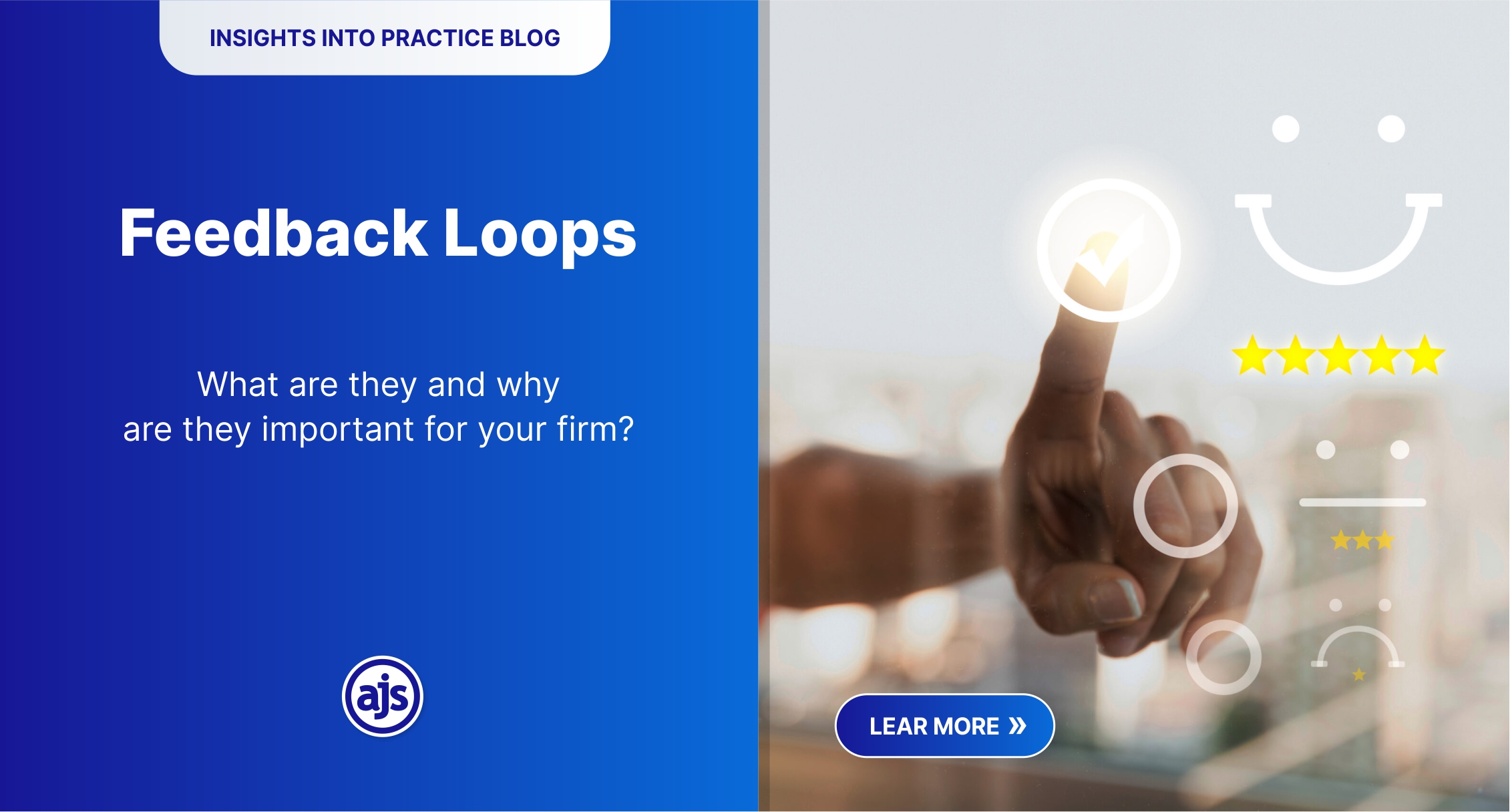
The Zen of Work: Lead Tracking
Lead Tracking
With “Holly” on a mission to take control of her work situation – aiming to instil a feeling of Zen in her workspace – she has come to us seeking answers.
And we are happy to oblige Holly. As always.
After getting her law firm up and running – taking time to learn all about the “buzz words” out there – Holly has started to focus her attention inward. Looking more closely at how her law firm is actually operating. Or at least, how it should be operating.
And there is a lot to take in where the optimal operating of a law firm is concerned.
Take the management of clients as an example.
As we are all aware, clients are of the utmost importance. There are therefore a few points to discuss here. Starting with the tracking of new leads, moving onward to the onboarding process, converting leads to paying clients and finally how to retain clients.
And this has Holly’s head spinning out of control – is she approaching new clients correctly? Is she onboarding her new clients in an optimal manner? How does she go about retaining her current clients?
As a budding law practice, these topics are of great concern to Holly.
Fear not Holly, we got you!
So, first thing’s first.
Wearing multiple hats
As a legal professional running her own legal practice, Holly is not only practising law, but she is also responsible for marketing her law firm, acquiring new leads, signing on new clients, and ensuring that her current client roster is being well looked after.
Juggling different roles becomes par for the course.
And let’s be honest – when there are several law firms to choose from, it’s up to Holly to make her practice stand out. What will make potential clients use Holly versus the number of other law firms out there?
It’s simple – personal attention from the get-go.
New leads
Prospective clients can come to Holly’s practice in a few ways – be it through the recommendation of family or a friend i.e. referrals, advertising campaigns (whether it be on social media or other online “paid for” platforms), by coming across her website, or by searching for a law firm near where they are located.
And they can make initial contact with Holly’s practice in a number of different ways too – by calling her, by emailing her, by filling out a “contact me” form on Holly’s website or they may even come to Holly from a paid generate lead service.
How they got to Holly, while important, is not the crux of the matter.
It is tracking the leads in order to convert them from a lead into a potential new paying client that is.
What does Holly need to do here? Make a good first impression. From the get-go.
Because Holly’s client intake process starts the moment she receives the initial phone call, email or contact submission form from the new lead.
Tracking new leads
Capturing a lead’s information is only the first step of the overall client onboarding process.
Problem is –handling piles of new leads while also trying to practice law, can put anyone (Holly included) into a bit of a tizz. It becomes almost impossible to see who has been contacted and who still needs to be followed up on.
The logical conclusion? Processes to track new leads must be put into place to ensure that no lead slips through the cracks.
The bonus outcome? Tracking new leads also shows what’s working for Holly and what’s not i.e. are the paid for platforms generating the most leads or are her advertising campaigns on social media platforms doing the trick?
Tracking leads also lets Holly know who she needs to follow up on. Because if she doesn’t follow up, the potential for growing her business can affect the overall health of her law firm.
Failing to reply to an email, voicemail or to lead inquiries within 24 hours or less, results in missing out on tremendous growth opportunities for Holly’s business. It is therefore crucial that a client’s journey be meticulously tracked.
And sure, Holly can – technically – track her leads on a simple spreadsheet. It’s basic and it works – especially for the solo law firm still in its fledgling stages. But it’s labour intensive and time consuming (on something that you cannot bill for and work that is not guaranteed). It’s also risky – what if Holly misses something? This again will affect her opportunity for growth.
To avoid this, we suggest that a systematic approach to tracking new leads and client intake be adopted.
Holly can start tracking new leads (and thereafter converting leads into paying clients) by doing the following –
- Separating her client intake process into well-defined stages. For example – “still to contact”, “follow-up”, or “send intake form”. Using colours to differentiate the matters can help. Even if this is done on a simple spreadsheet.
- This will give Holly a clear picture of which leads she needs to action —and more so what needs to happen in each case.
- Then, once she has done this and knows what to do where – she can set up her client intake process so that all information is imported directly into her existing practice management software (such as AJS).
- A good idea is to create a new account as and when a lead comes through (a process that is simple with AJS’s products). Most (if not all), legal software has the option to open a new matter as part and parcel of their package offering.
- Once an account has been created Holly may have the ability (at least she will with AJS) to send automated emails to the new lead acknowledging receipt of their email, telephone call or website contact submission form.
- In this initial contact email, Holly should include a client questionnaire.
- It is important that Holly do her homework here. She will need to brainstorm what information she will need for a matter – like all pertinent contact information and then perhaps the basics of the legal issue?
- Answering this questionnaire is important for two reasons. Firstly, it will help Holly include all relevant information in the matter she has just created and secondly it will better prepare Holly for the next step in the process – initial consultations.
- The initial consultation is where Holly has her first proper chance of converting a lead into a paying client.
To us, the single most important step in the initial stages is to set up a proper process for tracking each lead, recording their contact information, and setting reminders to follow up. It is always best to do this in conjunction with legal software, ensuring that no information is missed, that all instances of the matter are recorded, that follow ups are done and that everything is handled meticulously, systematically, and optimally.
Work Zen is within reach
By approaching your service provider, like AJS, you can easily achieve a state of Work Zen in no time. By using your software package from the initial lead tracking and onboarding processes, you can approach each day with a Zen-like peace knowing that everything is perfectly in its place. That everything is being managed and that all is fine.
Because you have the support and back-up to ensure that is the case.
There are a lot of attorneys who have the software packages in place but are just not sure how to fully use them, what everything does and how they can optimise their practice to ensure that it is performing with accuracy and reliability.
But, with the help of AJS, your practice (regardless of its size) can (and will) succeed.
We will continue going through tips, answering your FAQ’s, and providing you with information that will better equip the everyday user of legal tech, like you and like Holly, to achieve a state of Work Zen.
It’s all easy. If you know how… Just ask us.





Pingback: The Zen of Work: Onboarding - AJS South Africa